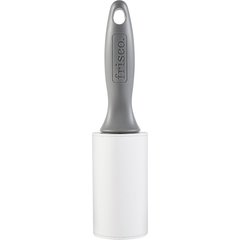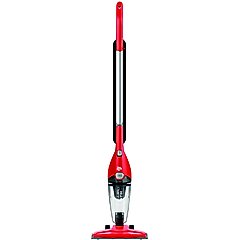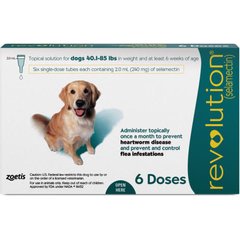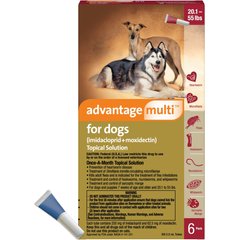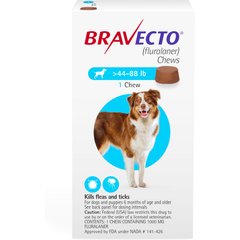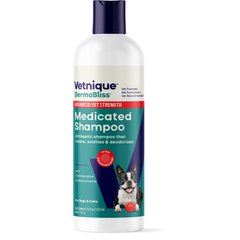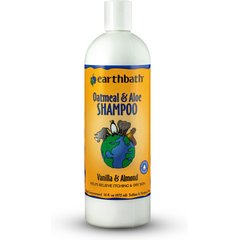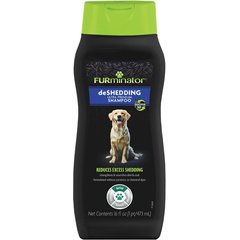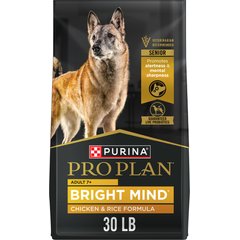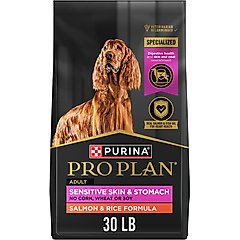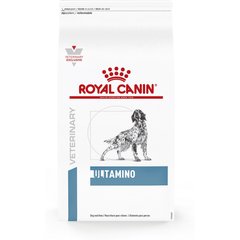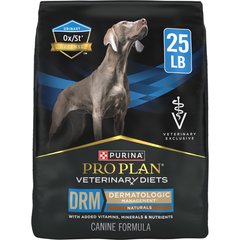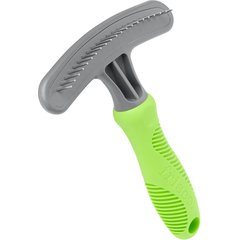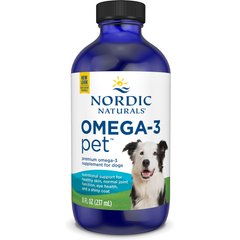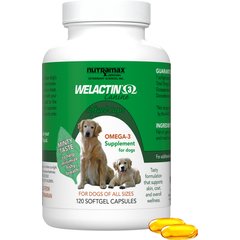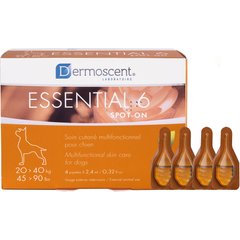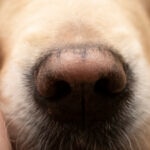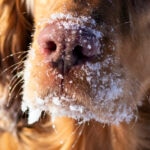Why Is My Old Dog Losing Hair? How To Handle Hair Loss in Senior Dogs
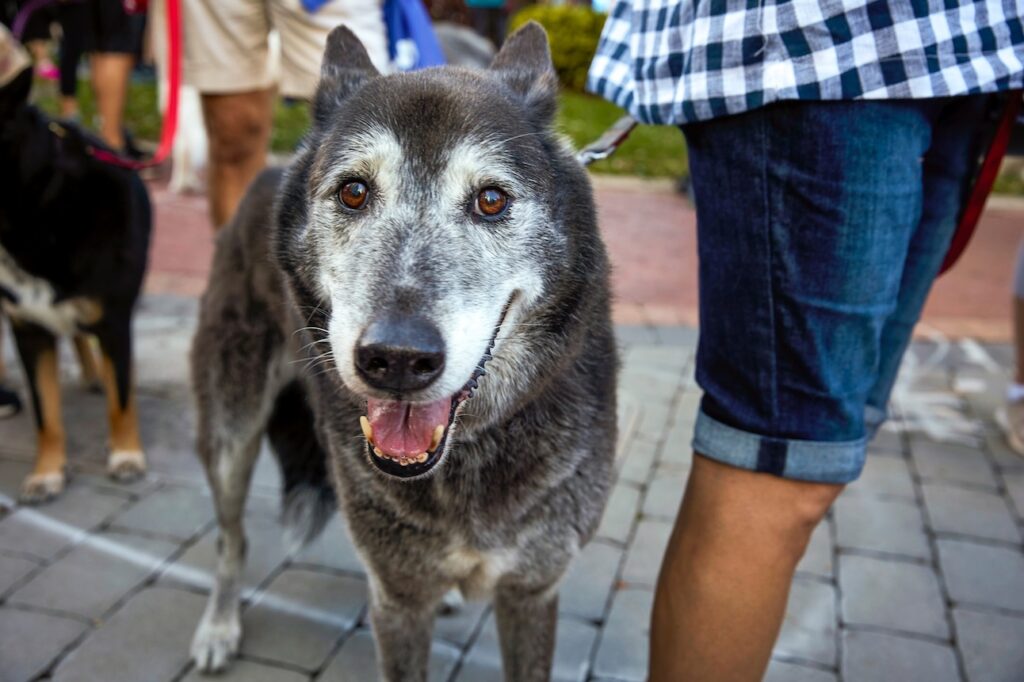
Photo by Chewy
Senior dogs can lose their hair or fur for many reasons. Hair loss can be normal (typical shedding), or it can be abnormal and related to health problems (alopecia). But why is your old dog losing hair?
Here, we’ll explore the many reasons why your old dog is losing hair in patches or all over their body, or why your old dog is shedding a lot—and what you can do about it.
Key Takeaways
- Senior dogs can lose hair due to normal shedding or underlying health issues like hormonal imbalances, allergies, infections, parasites, or nutritional deficiencies.
- Signs of abnormal hair loss include patchiness, redness, or itching.
- Diagnosis often involves veterinary exams, blood work, and skin tests to pinpoint the cause of hair loss.
- Treatment can include medications, shampoos, nutrition changes, supplements, and changing grooming routines.
Why Is Your Old Dog Losing Hair?
Common reasons for hair loss in dogs include:
- Seasonal shedding
- Hormonal disorders
- Allergies and infections
- Nutritional deficiencies
- Parasites
- Aging
Hair loss in older dogs can be caused by other conditions, too, so it’s always best to get your veterinarian to evaluate any changes in your dog’s coat and skin.
1. Seasonal Shedding
“Hair loss, [or] shedding, in dogs is under the control of many factors,” says Jon D. Plant, DVM, DACVD, veterinary dermatologist at Animal Dermatology Clinic in Lake Oswego, Oregon. “These include the length of light exposure (including artificial light), ambient temperature, and hormonal changes.”
Seasonal shedding can be quite dramatic. Dr. Plant says most shedding happens in the spring, though it can also occur in the fall.
Certain breeds go through massive seasonal sheds. These big sheds are sometimes called “blowing coat,” and during this time it’s normal to find hair all over your clothes and hair clinging to your couch.
You can invest in home cleaning solutions, like lint rollers and vacuums designed for fur, to combat the issue.
Recommended Products
Even if your dog doesn’t massively blow coat, shedding may increase in the spring and summer months as the weather becomes warmer. A dog’s hair might appear less fluffy and full than it did before, but you shouldn’t see patchiness or balding.
“When pets undergo normal shedding, hair will fall from the skin uniformly all over, leaving no bare spots,” says Daryl Conner, a certified Petcare DermaTech Specialist, a master pet stylist meritus, and owner of Fairwinds Grooming Studio in Appleton, Maine. “So, if the coat looks very thin or bare in spots, it is something that should be addressed.”
2. Hormonal Reasons
If your old dog is losing hair, particularly in symmetrical patches on both sides of the body (called bilaterally symmetrical alopecia), it may be a sign of a hormonal abnormality. Common culprits include:
- Cushing’s disease, in which a dog’s cortisol levels are too high
- Hypothyroidism, in which a dog’s thyroid levels are too low
- Seasonal flank alopecia, possibly caused by seasonal changes in melatonin production
- Alopecia X, for which a cause is yet to be identified
- Post-pregnancy hormonal fluctuations, in which female dogs lose a lot of hair after giving birth or nursing a litter of puppies
Talk to your veterinarian if you suspect your dog is losing hair due to a hormonal abnormality.
3. Allergies and Skin Infections
Itching is the most common symptom associated with allergies in dogs, which can lead to:
- Excessive scratching
- Licking affected areas
- Biting at the skin
- Hair loss
Senior dogs may also start losing hair because of:
- Bacterial skin infections (pyoderma)
- Ringworm (a type of fungal infection)
- Yeast infections
Bacterial and yeast infections can occur on their own or be associated with allergic skin disease in dogs. Talk to your veterinarian if you suspect your dog has a skin infection or is dealing with allergies.
4. Nutritional Deficiencies
An inadequate diet that’s lacking the correct balance of nutrients can lead to hair loss in dogs, including in older dogs. A dog’s nutritional needs can change as they age, requiring a diet switch or additional supplements, as recommended by your veterinarian.
“A malnourished dog will divert energy and protein from hair growth to other parts of the body,” Dr. Plant says.
Talk to your vet about the best senior dog food for your pup.
5. Parasites
If you’re noticing that an old dog is losing hair, it could be due to parasites, including:
Parasites can cause hair loss as your dog scratches and bites their itchy and irritated skin. Flea bites in particular can trigger allergic reactions in dogs, leading to further skin inflammation and hair loss.
Dogs with parasites are often very itchy and may obsessively scratch or lick their skin. Demodex mites are the exception to this rule; dogs with demodicosis often experience patchy hair loss but are not particularly itchy.
Talk to your veterinarian if your dog shows any of these symptoms.
6. Aging
Sometimes, a senior dog losing hair is just a reflection of the aging process; it’s simply a sign your dog is getting older.
“Some geriatric dogs will develop alopecia or hypotrichosis (thin coat) in the normal course of aging, without identifiable underlying hormonal [or other] disease,” Dr. Plant says. In these cases, no treatment is necessary—your dog is still healthy (just a little less fluffy).
How To Identify Hair Loss in Senior Dogs
To get an idea if your senior dog is losing hair because of simple shedding or something more, take a close look at the coat.
- If your dog isn’t showing bald spots or irritated skin, that’s a good indicator that their hair loss is normal, Dr. Plant says.
- On the other hand, if you can grasp a tuft of hair and pull nearly all of the strands out easily, that’s cause for concern.
- Itching, redness, irritation, or bleeding are also signs that something’s not right.
Not sure? You can always ask your veterinarian—or even your groomer.
“Groomers are often on the front line when it comes to noticing any changes in the pet’s physical appearance,” Conner says. “In many cases, groomers see the pet every six to eight weeks—far more frequently than the average pet sees their veterinarian. In addition to this, they see every inch of the pet as they bathe, dry, and groom them.”
How To Treat Senior Dog Hair Loss
The first step toward treating senior dog hair loss is figuring out what is causing it. So, take your dog to the vet for an exam.
Your vet will take a comprehensive history, asking you questions about the dog’s symptoms, followed by a thorough physical examination and diagnostic testing.
“Screening for hormonal diseases will include a blood panel,” Dr. Plant says. “The veterinarian may also review the dog’s nutritional status.” Depending on your dog’s symptoms, other tests might be recommended, including:
- Skin scrapings to look for mange mites
- Fungal cultures to rule out ringworm
- Skin cytology to diagnose bacterial or yeast infections
Once the cause is identified, treatment can take many forms.
1. Medication
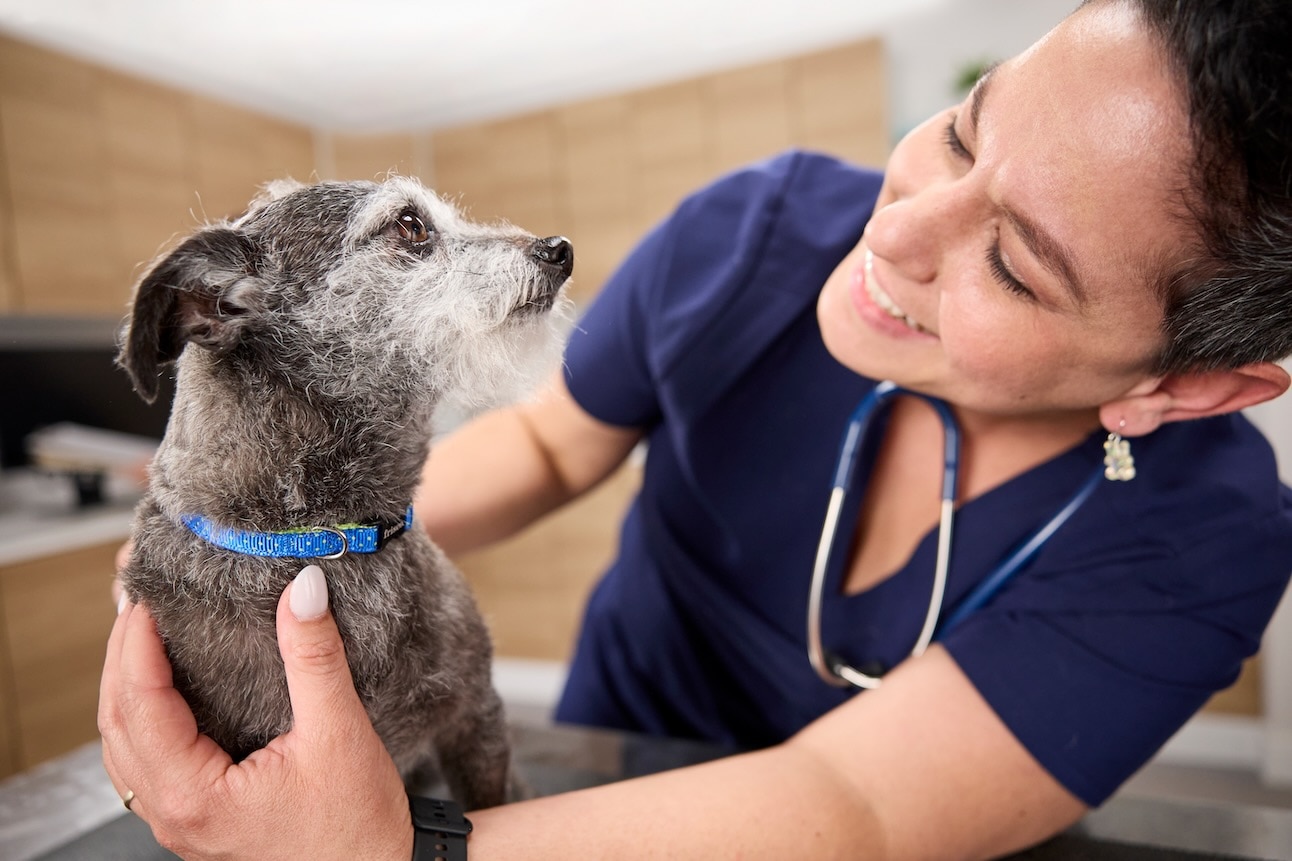
Photo by Chewy
If your dog has an infection, hormonal disorder or other medical issue, medication might be prescribed to address the root cause of the hair loss. Broad spectrum flea and tick medications can also help with many types of parasites that lead to hair loss.
Your veterinarian can recommend the right medication and right dose based on the specifics of your dog’s case.
Recommended Products
Often, addressing the underlying medical problem will also address the hair loss.
2. Shampoos

Photo by Chewy
There are several types of dog shampoos and grooming products that can help with old dogs losing hair:
- Medicated shampoos might be required in the case of skin infections or allergies.
Recommended Products
- If the dog’s skin is itchy and/or dry, your veterinarian might recommend bathing them with a moisturizing shampoo.
Recommended Product
- There are even shampoos that help decrease shedding, such as FURminator DeShedding Ultra Premium shampoo for dogs.
Recommended Product
3. Nutrition Changes
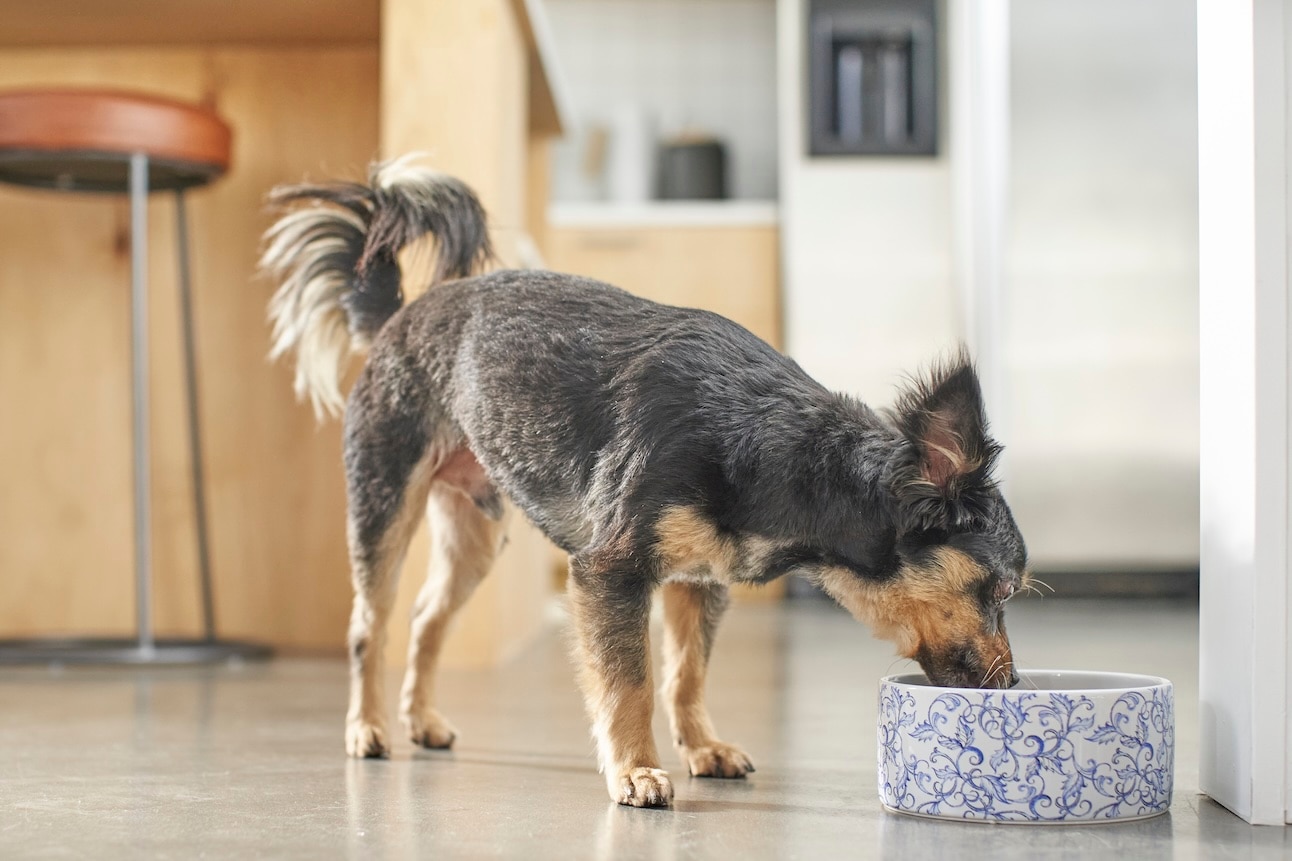
Photo by Chewy
If your dog’s veterinarian is concerned about nutritional deficiencies, they might recommend a diet change.
“A good quality food that provides a high plane of nutrition is important for dogs that have lost substantial hair, which is made largely of protein,” Dr. Plant says.
Look for high-quality, nutritionally complete and balanced dog foods that provide more than minimal amounts of protein.
Recommended Products
And some veterinary dog foods are designed specifically to help with coat and skin problems. Ask your veterinarian if a therapeutic dog food could be a good option for your senior pup.
Recommended Products
4. Grooming
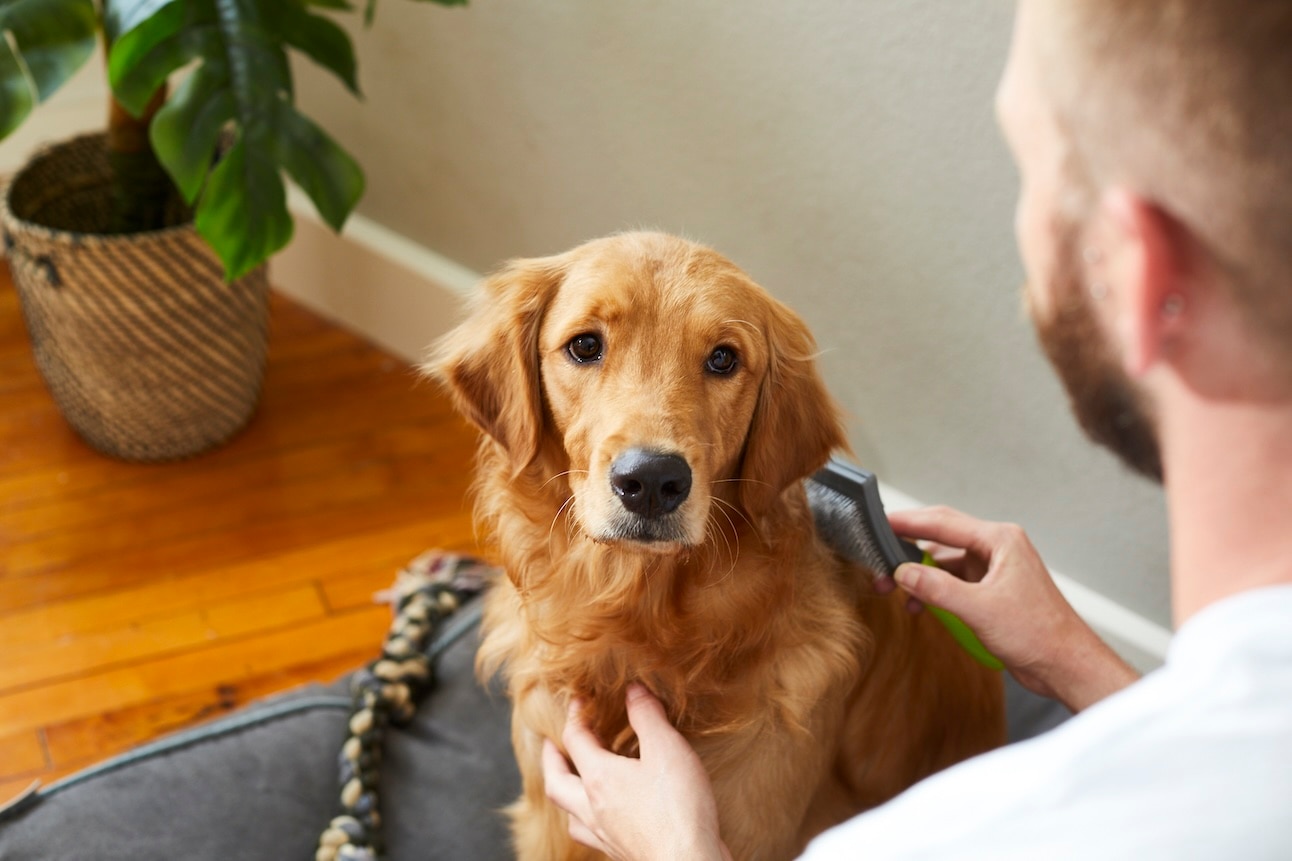
Photo by Chewy
If your old dog is shedding a lot and the cause of hair loss is normal seasonal shedding, daily brushing and monthly bathing with a moisturizing shampoo can:
- Help cut down on the amount of hair trapped in the coat
- Remove shed hair before it ends up all over your house
Specialty grooming products like grooming mitts, such as Mr. Peanut’s hand gloves, and de-shedding tools can help remove the shed hair.
Recommended Products
“A warm bath with a mild shampoo, followed by a conditioner, will help release shedding coat,” Conner says. “After the coat is dried, continued brushing and combing will also further the process.”
Many pet parents find that having their pet professionally groomed during shedding season makes a huge difference, too, she adds.
5. Supplements
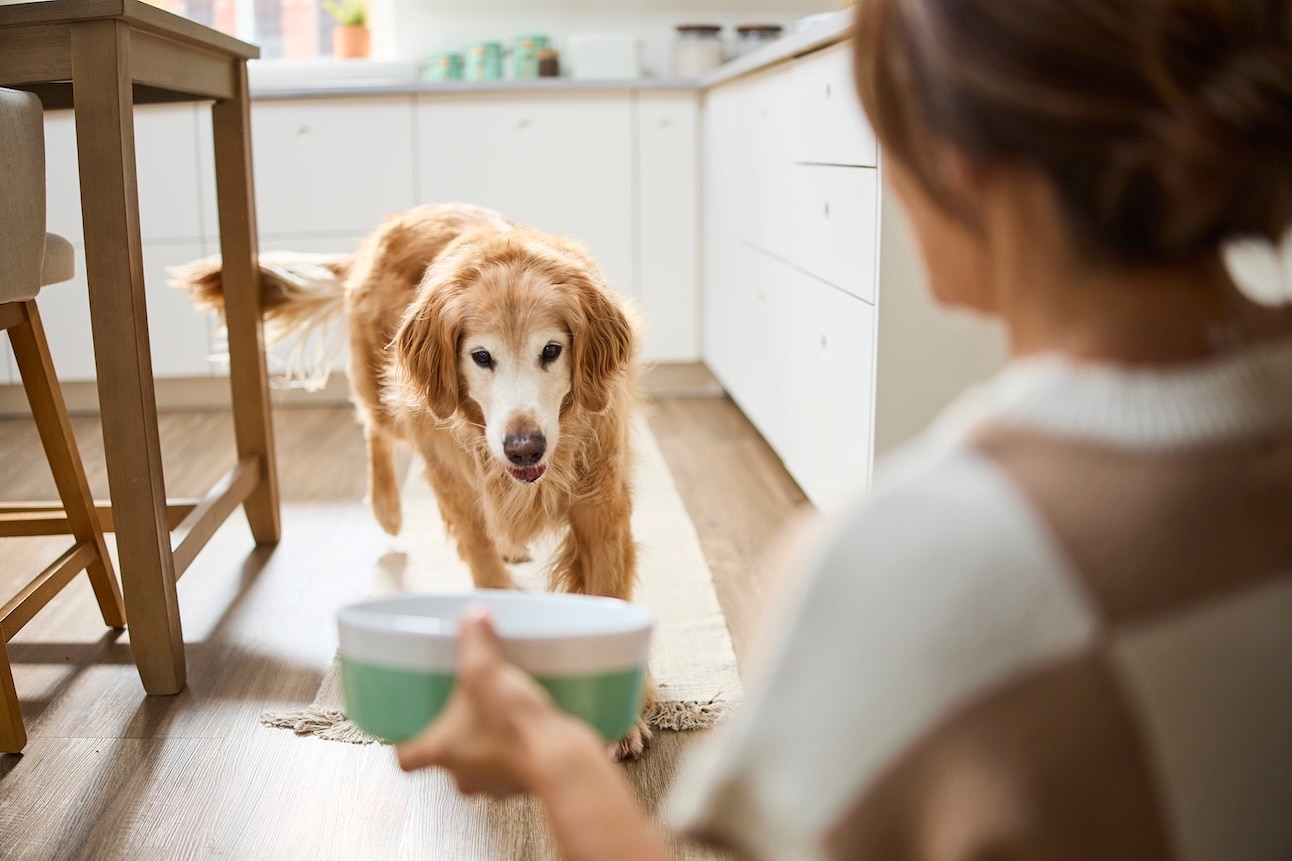
Photo by Chewy
Certain supplements may improve skin and coat quality. They are available in both oral and topical forms.
Recommended Products
But Dr. Plant cautions that “fish oil supplementation is sometimes recommended to improve coat quality, but has not been shown to speed up hair growth.”
Always talk to your veterinarian before adding supplements to your dog’s diet.
If your old dog is losing hair or shedding a lot, help is available. Work with your veterinarian to determine the cause of the hair loss so you can implement a plan to get their skin and coat back into tip-top shape.
